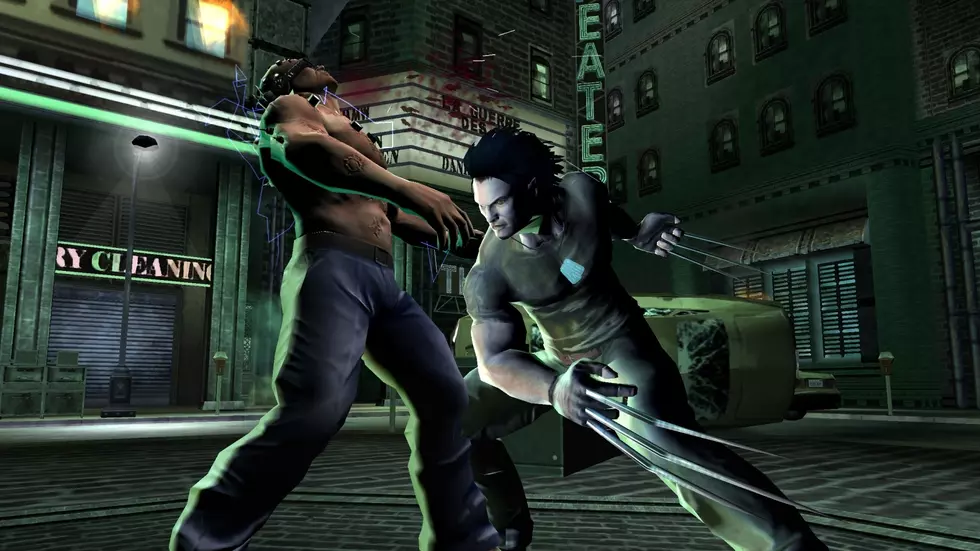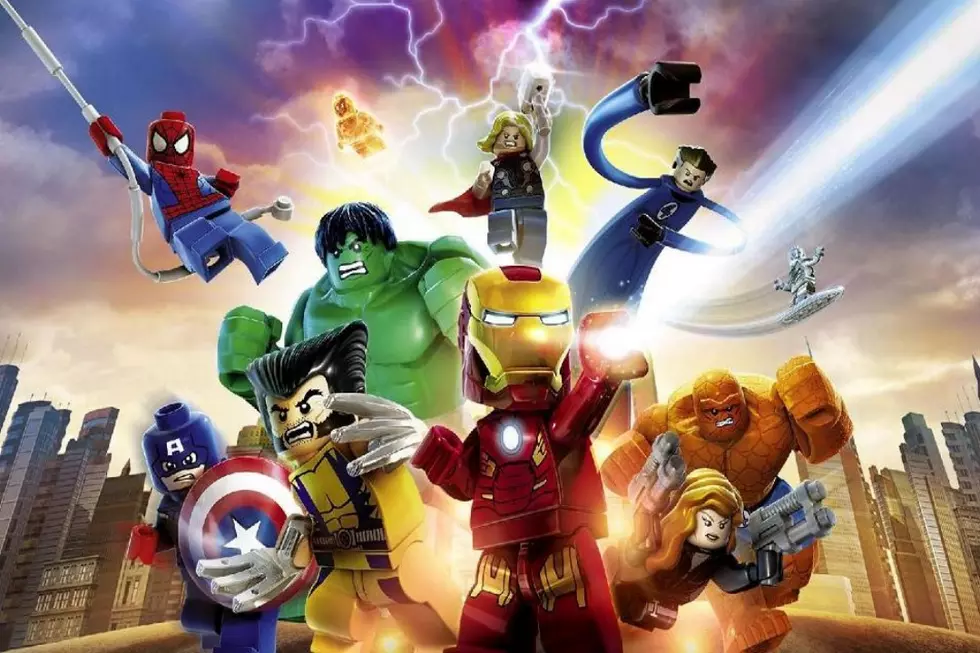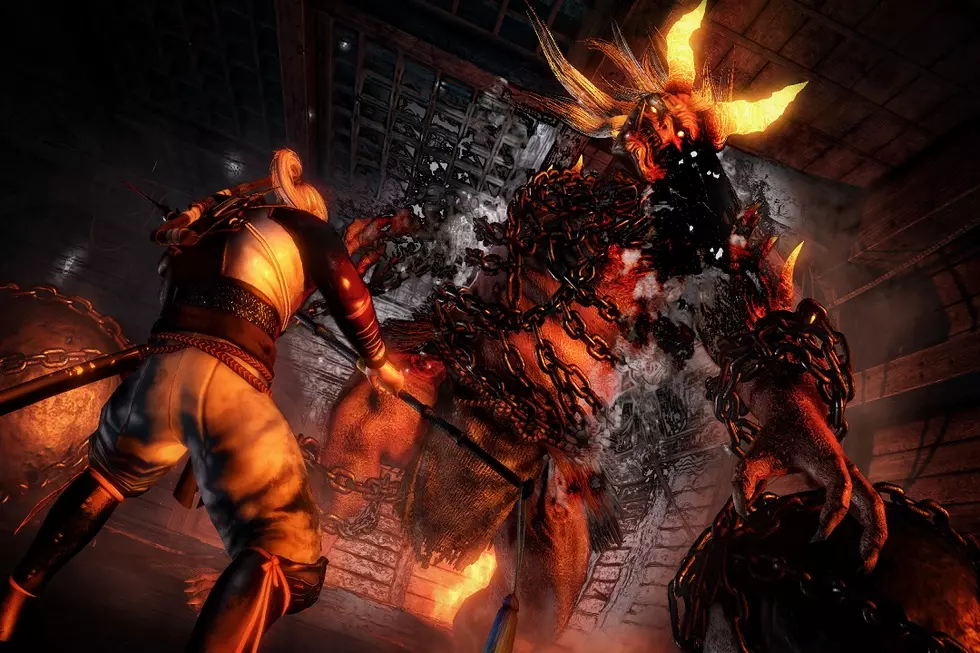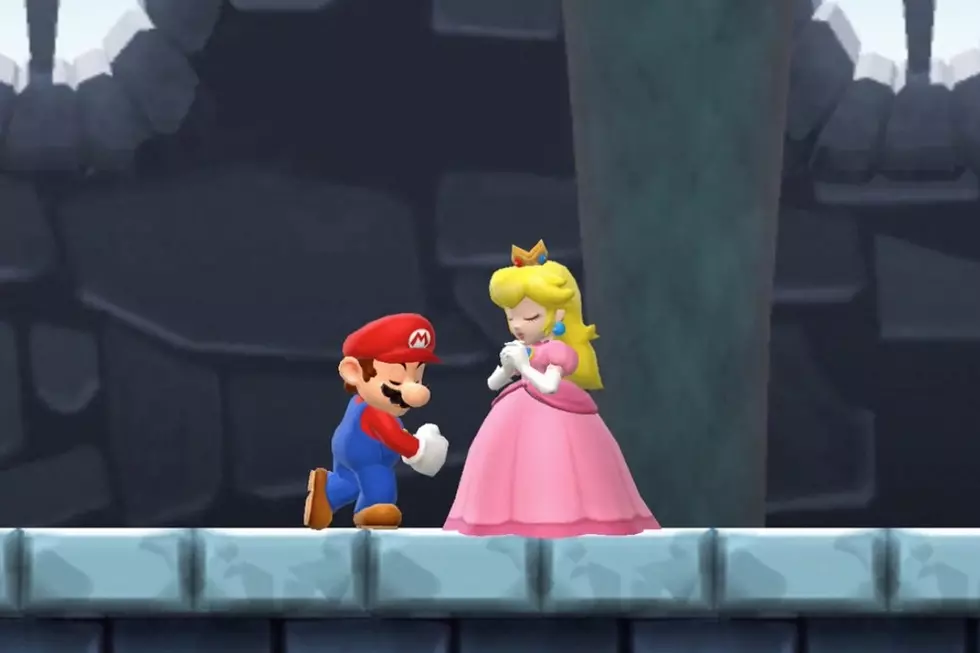
10 Worst Video Game Trends
Now that the next generation of console gaming is finally upon us, we would like to take the time to share some of our grievances in regards to certain nuances of the gaming industry in the hopes to one day inspire change. While we know that the industry heavily relies on these specific 10 Worst Video Game Trends, there are plenty inventive and gamer-friendly ways around them. For the most part, the video game industry has become formulaic - if a title is extremely successful compared to its peers, you can expect other companies will attempt to incorporate the same types of functionality onto their games in order to appeal to a wider range of audience. Instead of trying to break the mold and creating something revolutionary, we are simply refining the tried and true methods of gaming over and over to the point where everything is starting to bleed onto each other and much of it has become mundane. So we hope you all will start adhering to higher standards of quality and creativity in your games as we elaborate why we hate these 10 Video Game Trends that Need to Stop.
- 10
Exceedingly Long Tutorials
For the past few years, games have been spending more and more time trying to orient you to the mechanics of a game rather than simply letting you try it for yourself. This is the equivalent of a parent dropping a child off at the top of a slide so that they can enjoy the ride, just for them to be plopped back at the top again. The child won't learn the experiences of stumbling, climbing or getting there by his or herself. The resulting effect is that the person/gamer becomes spoiled; gamers are easily frustrated and most no longer seek to do the impossible. If they can't do it, they just skip it and move on. Dedication is now only rewarded with some form of achievement. Players who remember how relentless games like Ninja Gaiden were have an appreciation for the skill required to proceed through a title. Certain ones, such as Super Meat Boy, attempt to force you into scenarios where you must figure out the mechanics yourself in order to progress. We thank developers with that mindset for not trying to baby us all. We can thank this nonessential pampering due to the fall of video game manuals (which can most likely be attributed to a decrease in literacy), forcing every game to have some sort of in-game tutorial. But we have seen "hit X for light attacks on enemies" (a few enemies walk in and you can only use light attacks), followed by "hit Y for heavy attacks, heavy attacks can break enemy shields" (shielded enemies walk in) far too many times.
- 9
Unexplained, Regenerating Health
It's almost expected with every first person shooter, isn't it? Gone are the days of Doom and Wolfenstein where every hit counted until you found that health kit. In order to promote a sense of realism (ha!) in first person shooters, you will die if you get shot in the head or a couple times in the chest. To maintain this sense of realism but keep players in the game your health will regenerate as long as you stop getting shot and stay in cover for a few seconds. At least with the likes of Halo, there is a shield system at work. But mysteriously healing like Wolverine after a gunfight in order to promote a sense of realism doesn't make sense. Sure, it keeps you in the game (as does instantly-respawning), but again, we have hand-holding in order to cater to those who are out of their league.
- 8
Buggy Top Name Titles
Whether it is Arkham Origins or Aliens: Colonial Marines, huge, game-breaking glitches are a sign of either poor design or insufficient beta testing due to a limited time frame of development. But for games like Aliens and Duke Nukem Forever, taking years and years of development but still being laden with bugs, there is no excuse. Unfortunately, instead of delaying a title in order to ensure a level of quality, companies do not want to shell out any more money than they have to, so developers are forced into settling with what they have in order to make their deadlines.
- 7
Digital Rights Management
Digital Rights Management are being implemented by publishers in order to control and enforce who is accessing their games. We understand that DRM is used for the war on piracy and that's perfectly fine. But DRM is being exploited for further financial gain at the cost of the gamer's convenience. For example, DRM that requires persistent online authentication means that an internet connection must be present at all times (an original premise for the entire Xbox One format). This means that people playing without the luxury of an internet connection are unable to play the game they purchased. Also, if the creator's own authentication servers go down, players would be unable to play. Now, games are requiring you to be logged into your Xbox Live/PlayStation Network account, the game's online account (e.g., EA Origin), all atop of being continuously online. Gone are the days of plug and play, which is a shame when you purposely buy physical copies of your game in order to just plug and play.
- 6
Racism and Sexism Still Abundant
This one should be obvious since we've already had an article about sexism in gaming, but most women and minorities in gaming are still being horribly stereotyped or kept out of the limelight. There are very few games with a female protagonist, and even fewer where the female protagonist isn't oversexualized. Much like the comic book industry, it is hard to find minorities in a lead role. At best, African American game characters are given the Morgan Freeman treatment, such as David Anderson in Mass Effect, because it is what the masses are used to seeing. Chloe in Uncharted 2 was originally meant to be African American, but was changed to an Australian character because women with British or Aussie accents stand out more. But if we were to have an Australian lead male character in a game, well... let's not get into it. Latinos are also tremendously underrepresented in the gaming industry, despite being the largest ethnic minority in the United States. And if they are in a game, they have stereotyped, overdone accents or come off sleazy like Luis Sera in Resident Evil 4. While we don't expect every game to consist of a United Nations of characters, seeing the same stereotypes and sexualizations promoted again and again should be changed.
- 5
Genres Converting into Cliche Action
Halfway through our 10 Worst Video Game Trends list, we have one of the largest problems facing the gaming industry today. Due to the success of games like Resident Evil 4, Gears of War and Call of Duty, we have other games trying to blend in with their style in order to appeal the same type of fans. So now, we have an array of games with the inexplicable, regenerating health. We have Gears of War cover mechanics (which were inspired by Resident Evil 4), in Dead Space 3. We can attribute the Resident Evil series' fall from grace to this exact reason. Now we have video game tropes where the Russians are the bad guys, the White House/America gets invaded, blood pours down the screen when you're hurt or some guilt-ridden hero is trying to overcome some form of loss through the events of the game. Capcom's recent zombie games have some weird fixation with zombifying the President. Ultimately, it seems that by the year 2020, every game will be some sort of first person shooter where you're constantly looking down iron sights, or a third person action-adventure with a Gears of War-esque cover system.
- 4
Quick-Time Events
The abundance of quick-time events throughout the gaming industry is just a sign of laziness. Quick-time events are simply cutscenes offering you a little bit of interactivity to remind you that you're not watching a movie. It's basically "press this button now" or "spam this button if you would like your long cutscene to be longer". This is the autopilot of both gaming and storytelling. The fight between Connor and Haytham in Assassin's Creed 3 is an example of a potentially great sequence (an Assassin vs. an Assassin-trained Templar) which was diluted and ruined by QTEs. Certain games, such as Ryse: Son of Rome, are nothing but huge quick-time events from start to finish. When will we draw the line?
- 3
Digital Games Costing the Same as their Physical Copies
This concept is rather obvious. The physical retail game's cost covers the creation of the disc, the case, the cover, its manual/pamphlets, shipping distribution and retailer costs. While the physical items themselves may actually be cheap to produce, the cuts which go to distributors, transportation and retailers are obviously a lot higher than the costs of a server to download the digital title. Much of Steam's online success can be given how they handled digital gaming (where DRM would obviously be a necessity). On a side note, Nintendo should be more than able to put much of their Super Nintendo library onto the Virtual Console for the 3DS. The size of SNES games are so negligible, that Nintendo could make millions if they were to do some type of digital SNES collection for the 3DS. There have already been people that hacked the original DS into running SNES emulators on the system itself! Given how easily anyone can run an emulator, you would think that Nintendo would try and stay ahead of the curve. People want to get their money's worth, and if they feel that physically owning the property is not equal to simply downloading it, they'll most likely stick with the going out to buy it. But until console gaming decides to follow Steam's success (Sony has started to do so in terms of pricing of older content), we don't think this will change.
- 2
Motion Controls
Motion controls were neat.. at first. But much like 3D technology, motion control turned out to be just another fad which won't die as long as people keep buying into it. Notice how the average Metacritic score of every Kinect/PS Move title is really low? Very few games have gotten motion controls right, and most just have motion controls forced upon a design which never intended for it. Even with the Xbox One, we feel that the only reason why the Kinect was mandatory for the system was due to its voice-functionality; the actual camera itself was secondary - just for Skype and that's about it. Why navigate a menu with your hands if you can just say it? But why run the entire voice command system through the Kinect when there could have been ways around that (such as using a headset or a microphone on the system itself). Nintendo's dedication to motion controls (and touchscreen technology) is why the Wii U is doing so poorly compared to their competitors, price drop included.
- 1
Day One/On-Disc DLC
The #1 spot on our list of the 10 Worst Video Game Trends is a slap in the face to gamers all over the world. Day one, paid DLC is content that the company specifically chose not to give to the player and charge extra, beyond the $60+ we already paid for the game itself, so that they can earn themselves even more money. While this is understandable if a game comes out in Japan first and then comes out over here after a certain length of time. But when a title makes its debut with ON-DISC DLC, with only a kilobyte of data blocking you from accessing all the content on the disc that you paid for and own, that seems to be a slap in the face. Capcom has been notorious for doing this, offering paid DLC on day one which was on the disc itself, showing that they simply did not want to give their customers all of the content they made for the game. Downloadable content should be about expanding the game beyond what was on the disc.
More From Arcade Sushi









